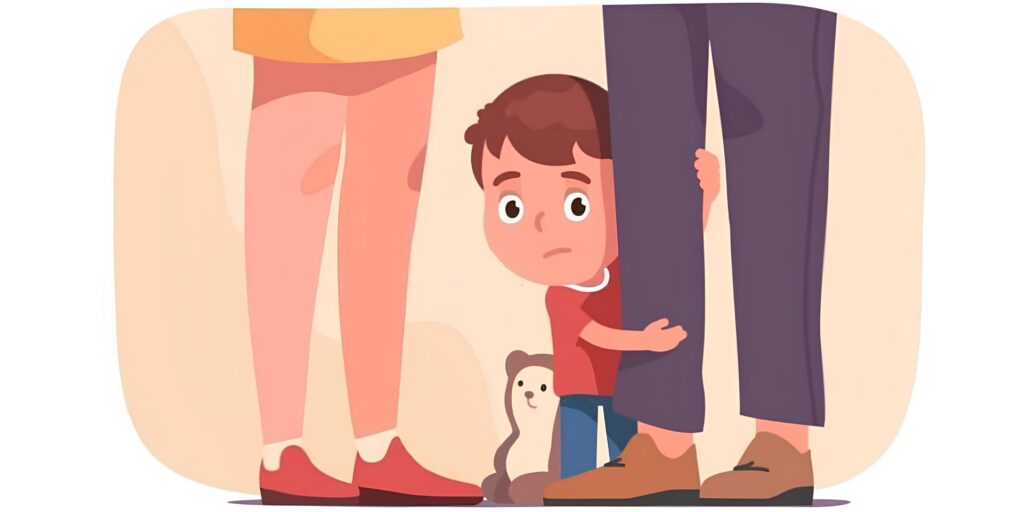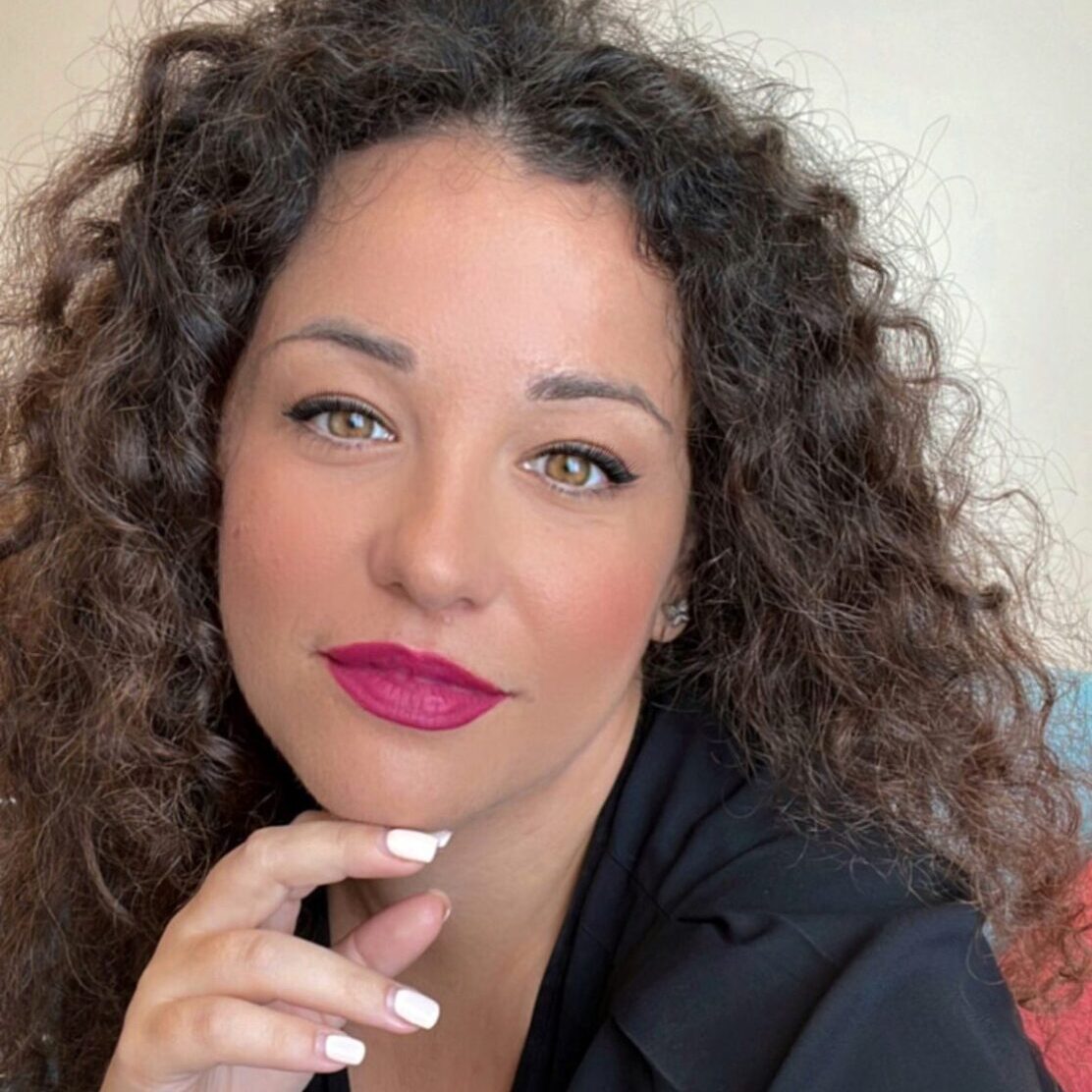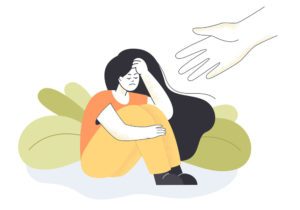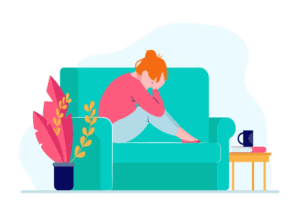How to Talk to Your Child About Body Safety – Without Creating Fear
This article has been researched and written by Sara Caroppo. AI has not been used in producing this article.
Body safety talks don’t have to be and shouldn’t be scary. When these conversations are calm, brief, and revisited over time, they help children feel confident, protected, and respected. If you’re feeling unsure, remember that your steady presence and willingness to listen matter far more than perfect words. Use this gentle, parent ‑ and caregiver‑friendly guide that centers empowerment over fear.
Start early and keep it ordinary
Treat body safety like any other life skill. Beginning around preschool, use simple, matter‑of‑fact language, and revisit the topic in small doses as your child grows. Regular, low‑pressure conversations teach that this is normal, not taboo.
Use clear, neutral words
Name body parts accurately and avoid euphemisms. Explain that “private parts” are the areas covered by a swimsuit. Share your family’s rule: no one should ask to see or touch those parts, and your child never has to let anyone touch them if they don’t want to. Remind them that if any touch makes them feel uncomfortable, they should tell someone that they trust.
Teach consent and body autonomy
Model everyday consent: “I’m going to give you a hug. Do you want one?” Praise your child for speaking up about preferences like, “No tickles,” or “I’d like space.” Explain the difference between secrets and surprises. Surprises are fun and short‑term; secrets that an adult asks a child to keep (especially about bodies) are not safe and should be told to a trusted adult. If you want guidance or worry a situation may require evaluation, consider a child abuse assessment for a trauma‑informed, child‑centered review of concerns.

Share simple safety rules
Practice a “No, Go, Tell” plan together. Explain to your child that they should 1) say “no” in a loud and big voice, 2) go to a safe place, 3) and tell a trusted adult. Offer a few easy‑to‑remember rules, such as:
- Your body belongs to you.
• You can say “no,” move away, and tell a grown‑up.
• You never keep body secrets.
• Touch should never hurt, feel confusing, or feel shameful..
Use everyday moments
Bath time and doctor visits are natural times to reinforce boundaries: “The doctor checks private parts only with a parent present, and you can ask the doctor to stop at any time.” Keep messages short and conversational so they feel routine. Everyday tasks like applying sunscreen, brushing hair, or greeting relatives can be chances to model consent – ask first, check in while you’re doing it, and stop if they say no. Praise your child for speaking up: “Thank you for telling me you want me to stop brushing your hair, I’m listening”, which teaches that their voice matters and you’ll help keep them safe.
Respond well to questions—or disclosures
If your child asks about private parts or touches, try: “Great question. Bodies are private, and it’s okay to ask me anything.” If your child shares something uncomfortable, stay steady: “Thank you for telling me. I’m glad you told me. You’re not in trouble.” Ask simple, open prompts (“Tell me more about that”) rather than leading questions. Then focus on safety: “I’m here to keep you safe.” For concerns related to sexual abuse in children, reach out promptly for professional guidance and next steps.
Keep the door open
It’s important your child knows they can always come to you, any time, for any reason. End with an invitation: “If you ever feel unsure about a touch, a picture, or a comment, you can come to me. I’ll listen and help. Let them choose how to reach out, such as talking face‑to‑face, writing a note, or sending a text, and remind them you’ll figure out what to do together.
Adapt for age and temperament
You know your child best. Some children need concrete examples; others prefer brief rules. For young children, picture books and role‑play (using dolls or teddies) work well. For tweens and teens, link the conversation to media, sleepovers, dating, and digital life. Keep emphasizing that boundaries apply to everyone, including friends, relatives, coaches, and older kids.
Partner with your village
Let caregivers, schools, and activity leaders know the language and rules your family uses. Agree on check‑in routines and safe adults your child can go to if they’re worried. Consistency across settings builds confidence. Consider creating a simple family code word your child can use to signal they need help or a quick pick‑up. Ask organizations about their safety practices (two‑adult supervision, bathroom and device/photo policies) and let your child know you’ll back them up when they set a boundary.
Know when to bring in help
If you notice sudden changes, such as changes/problems with sleep, new fears, regression, unexplained injuries, or avoidance of certain people or places, it’s important to seek professional guidance. A licensed child psychologist can help you understand what’s going on and support your child’s recovery if needed. And when there’s a specific concern or incident, a formal child abuse assessment provides a trauma‑informed evaluation and clear recommendations.
Online spaces count too
Remind your child that online spaces count too. Just like in real life, there is no sharing or asking for private pictures online, and that they need to tell an adult if anyone asks. Explain that safe adults will never request secrets, private photos, or chats that must be hidden. If someone does ask for these items, that’s a sign to stop and come to you. Practice simple scripts together: “I don’t share pictures,” “Please stop,” and “I’m leaving this chat now.”
Show your children how to use privacy settings and how to block and report online bullies or anyone who makes them feel uncomfortable. Reassure them you won’t take away devices just for telling you something felt wrong, that your priority is their safety. Be sure to agree on family rules for games, chats, and social media (only connecting with people you know, keeping accounts private), and check in regularly about what they’re seeing and feeling online.

Quick do’s and don’ts
- Do keep your tone calm and confident; it helps kids feel safe.
- Do practice safety scripts and rehearse who to tell.
- Do trust your instincts if something feels off.
- Don’t interrogate your child or express panic—seek support.
- Don’t rely on one “big talk.” Little talks, often, work best.
Need support? ClearMinds is here for you
Body safety talks work best when they’re calm, brief, and repeated over time, your steady presence matters far more than perfect words. Keep using clear names for body parts, practice consent and the “No, Go, Tell” plan, and use everyday moments, such as doctor visits and online chats, to normalize boundaries without fear.
If you want guidance or have a concern, connect with a licensed child psychologist or request a child abuse assessment for a sensitive, trauma‑informed review; if you suspect sexual abuse in children, reach out right away. The professionals at ClearMinds are here to provide confidential, compassionate support for you and your child.
How to Help Your Child with Anxiety Through Divorce
Divorce is a significant change that affects every member of a family. For children, the uncertainty and adjustments …
Depression vs Sadness: Understanding the Difference
While often used interchangeably, the terms “sadness” and “depression” represent distinct emotional states, each with …
5 Simple Mental Health Practices for Your Everyday Life: Nurturing Your Body & Mind
In today’s fast-paced world, it’s becoming increasingly evident that we need to place our mental health at the forefront
Ways to Reduce Anxiety in 2024
As we say farewell to 2022 and usher in the New Year, we look towards the future. With New Year’s resolutions on the docket, many of us are striving to achieve a calm life …
Navigating Compassion Fatigue in the Digital Age: A Call to Prioritize Mental Well-Being
Amid the constant stream of information and images that flood our screens, the toll on our mental well-being can be …
The Link Between Anxiety and Overeating
All of us have encountered moments of stress and unease throughout our lives. These feelings of anxiety not only bring…
10 Steps To Fix A Toxic Relationship
Every relationship has its fair share of ups and downs, but when toxicity creeps in, it can become a serious challenge. Toxic relationships can be emotionally draining and detrimental to our overall …
Exploring the Benefits of EMDR Therapy for Anxiety and Depression
Anxiety and depression are two of the most common mental health disorders worldwide, affecting millions of people every year. While traditional talk therapy and medication can be …
Health Effects of Untreated Depression
It’s very common to feel sadness at one point or another in our life. Depending on your specific circumstances, you may even feel …
Psychologists vs. Psychiatrists – What’s the Difference?
Clients shouldn’t have to jump through hoops to understand who the perfect candidate is for treating their emotional and/or behavioral struggles. Yet, understanding the type of provider you should see during …











